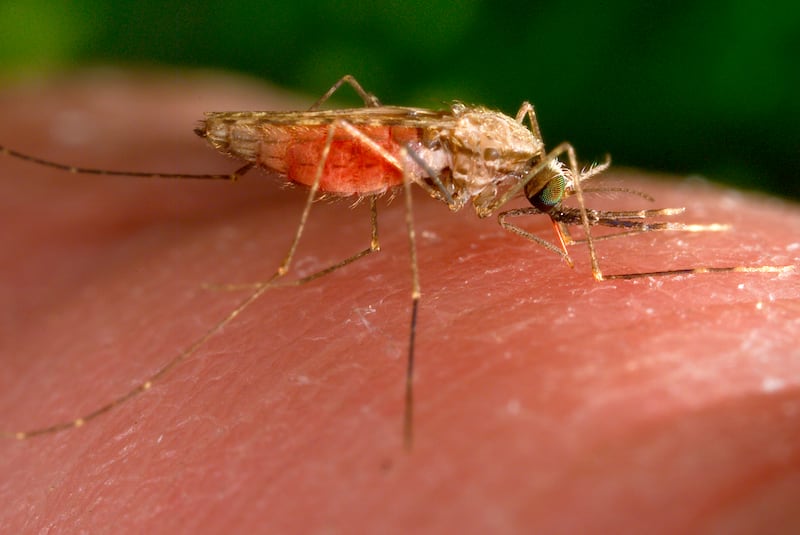US health officials have issued a public alert after five malaria cases were diagnosed in Florida and Texas, the first time the disease has spread locally in 20 years.
Four cases were identified in Florida and one in Texas, the US Centres for Disease Control and Prevention said. The CDC added that there is no evidence to suggest a link between the cases in the two states.
These are the first cases of locally acquired mosquito-borne malaria detected in the country since 2003.
Florida officials said the first case was diagnosed on May 26 in Sarasota County, while Texas officials said on June 23 that a person had been diagnosed with the disease after working outdoors in Cameron County. The last locally acquired malaria case in Texas occurred in 1994, state health officials said.
“Despite these cases, the risk of locally acquired malaria remains extremely low in the United States,” the CDC said.
The Florida Department of Health issued a statewide mosquito-borne illness advisory on Monday. Officials said all four people who contracted malaria have been treated and recovered.
Malaria is caused by five species of parasite carried by female mosquitoes., the CDC said. It can also be transmitted from mother to foetus, through blood transfusion or unsafe needle-sharing practices, although these cases are rare.
More than 240 million cases of malaria occur every year, with 95 per cent taking place in Africa, the CDC said. Almost all malaria cases in the US are imported.
The CDC added that malaria is a medical emergency, and those suspected to have it should be urgently evaluated.
Symptoms typically develop between 10 days and four weeks after infection, though they can also be identified as early as seven days or as late as one year.
The most common symptoms of malaria include fever, chills, sweats, head and bodyaches, and nausea. If left untreated, patients can develop severe and life-threatening symptoms including disorientation, seizures, kidney failure and coma.







